Abrief education survey report on the findings and way forward to address the learning loss of school going children post Covid-19 situation in the operational locations of Smile Foundation (Pan India)
Setting the Context
With the onset of COVID induced lockdown and shutdown of schools, the first of a series of education surveys was conducted by Smile Foundation in April 2020, aimed at assessing the situation on ground, on how could we reach out to the children and ensure they continue their learning engagement. It showed that at that time 56 % of children and their parents did not have access to smartphones which was one of the important means for online education. This revelation prompted to begin efforts on ground to plan innovative and real time modes of teaching methodologies to be able to reach out to maximum number of students and keep them engaged in the learning process with objective of ‘Shiksha Na Ruke’.
When the COVID enforced lockdown was slowly being lifted and the schools were beginning to open, Smile Foundation did a nationwide survey on School Readiness and Continuation of learning modes in March 2021. The education survey revealed some encouraging figures, the most important of which indicated that 78% of children wanted to go back to classroom learning, 48% of children were ready to continue in the blended mode of learning and 39% children were partly aware of COVID safety regulations at schools.
These education survey studies, in the course of the last 2 years, helped us at Smile Foundation to understand the challenges faced by children in terms of health, nutrition, and progress of education through the several ways of teaching-learning exchanges rolled out during the period. These periodic surveys helped to stay abreast of the new challenges that were unfolding in terms of increasing dropouts, decreased attendance, fall in age-appropriate learning levels among children, and the overall effects on children’s educational, social, and emotional and psychological growth and development.
Introduction
At the turn of the decade, the untoward occurrence of COVID-19 impelled the education system to rethink, renew and rediscover the teaching-learning processes for children worldwide, to ensure a continuum in learning. The educational institutions across India, braved the challenges of distant locations, absence of network and digital facilities, restrictions in movements, and remote learning from home, to reach out to the children.
The recent report, The State of Global Learning Poverty: 2022 Update, a joint publication of the World Bank, UNICEF, FCDO, USAID, the Bill & Melinda Gates Foundation, and in partnership with UNESCO, emphasizes that the learning crisis has worsened. It says that before the pandemic around 57% of 10-year-olds were unable to read or write as per their age, which has increased rapidly in the last two years post the pandemic.
This report is an attempt to understand the extent of learning loss that has resulted in India through a study conducted through our students’ beneficiaries at Smile Foundation. The study aims to assess the learning gaps and suggest mechanisms to recover the learning loss for the benefit of educationists and educational institutions to improve and innovate the existing teaching-learning methodologies.
Broad objectives:
- Reach out to every child and understand the challenges in retaining them in school
- Assess learning levels
- Prioritize teaching the fundamentals
- Increase catch-up learning and progress beyond what was lost
- Develop psychosocial health and well-being so every child is ready to learn
- Gender-specific study in school retention
Education Survey Coverage
Profile of the Respondents:
For the education survey, we planned to reach all sections of the students particularly the underserved communities who have limited access to virtual communication to get the right kind of sampling for the survey. Below are few points to note about the profile of the respondents:
- Students studying in Grade II-VIII (Age group 6- 14 years)
- Equal representation of girls and boys
- Of all the respondent’s families – 51% are daily wage earners
- 59% rural, 25% urban, and 16% Aspirational districts population have been covered
- Of all the parents interviewed – 42% were not literate while 45% had just completed primary education and only 13% had completed high school and above
Overview of the Education Survey:
Through Smile Foundation’s Pan India footprint, the students identified were those who have continued the learning in spite of all the odds due to Covid-19 and a 5% sample population was taken out of 48000 students to do a survey of those students who are in the grade of class II-VIII. For this survey we have covered 22 states largely covering Urban, Rural and Aspirational districts.
Major Findings
The parents explicitly expressed their difficulty to overcome the challenges during COVID to ensure that their children do not miss out on education amidst loss of work, financial crisis, inability to procure proper edibles due to restrictions in movement, and the most important aspect to ensure the safety and health of themselves and their children.The majority of the parents were not able to guide their children adequately in their studies due to several reasons like their educational limitations, absence of proper teaching and learning facilities along with their daily struggle to sustain themselves with family.
A round of discussions with teachers who have experience in engaging with children, varying from 5 to more than 20 years, emphasized that less than 50% of children have been able to cope with the learning over the last 2 years and are able to catch up on their age-appropriate learning currently. These are mostly those students who have been regularly performing well prior to the pandemic as well. Hence, bringing the rest of the students to par with their expected learning level will require some time and effort in the upcoming months.
- According to the teachers, less than 50% of children have been able to cope with the learning over the last 2 years and are able to catch up on their age-appropriate learning currently
- 58% of the teachers were of the opinion that children have missed on social skills and get distracted easily. Their attention span has gone low.
- 90% of the teachers are willing to learn new practices to help children cope with learning gaps.
- Parents have started getting more involved in their ward’s education with 47% of the view that there is an increased interaction between them and teachers in schools as well as over calls
- 38% parents started interacting with teachers by visiting schools, and there is a27%increase of attendance in PTMs
- 50% of the parents interviewed felt the absence of digital learning resources like devices, networks, and data packs made the learning experience inadequate for the children during the pandemic
- 31% parents most preferred modes of learning during the pandemic were direct classes in offline mode or cluster classes and 20% felt worksheets and visits by the teachers were very convenient and useful
- 67% of the parents felt that the children’s learning was not effective during the school closure due to pandemic
- 69% of parents believe children need more support in Math and English to cope with age-appropriate learning levels
- There is a lot change in the parent’s keenness among children post pandemic, 58% of parents increased their interactions with children trying to understand what they have learnt in schools, 26% of parents also started spending some quality time with children
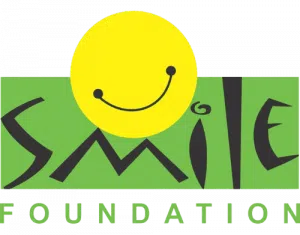
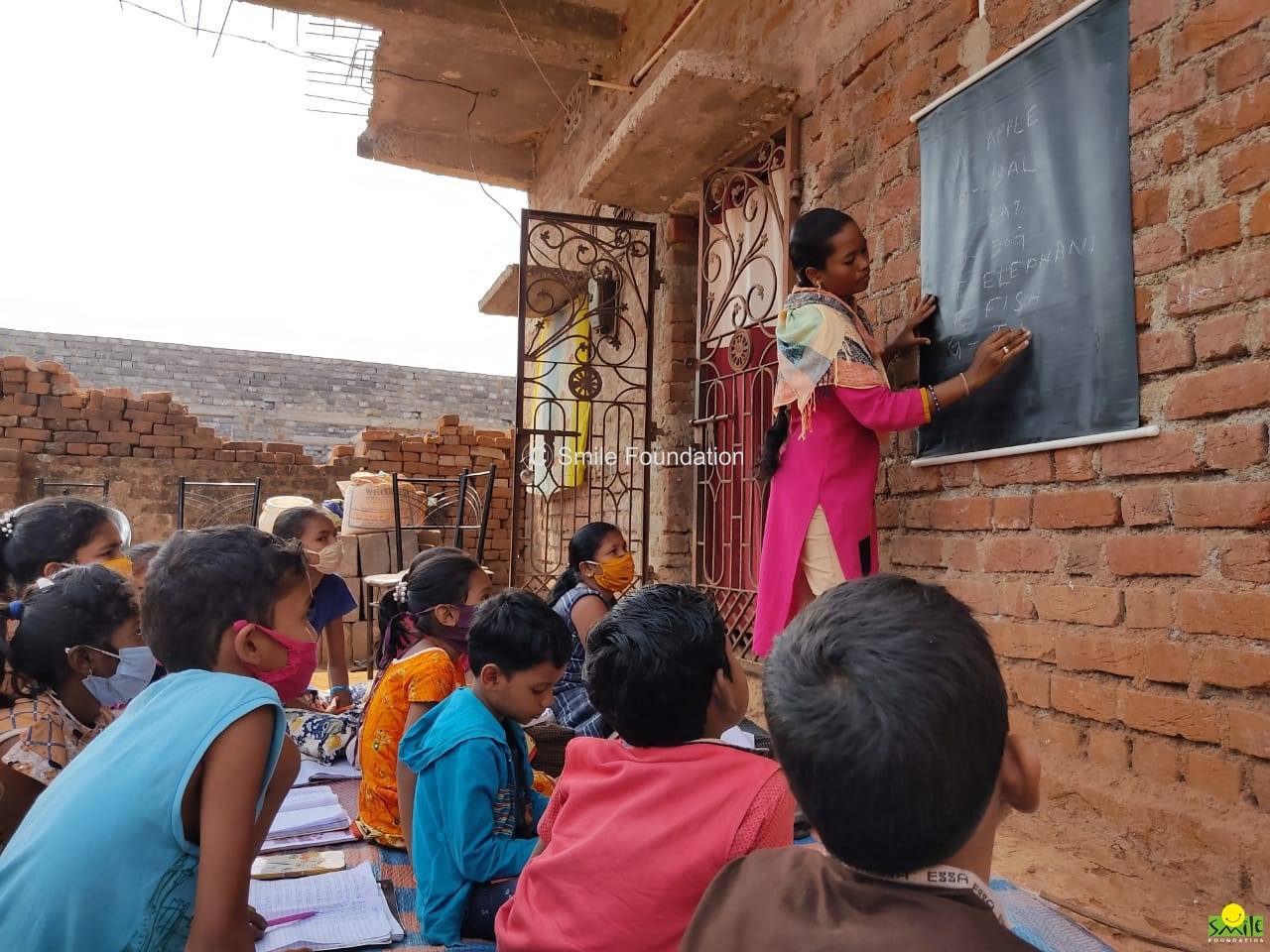




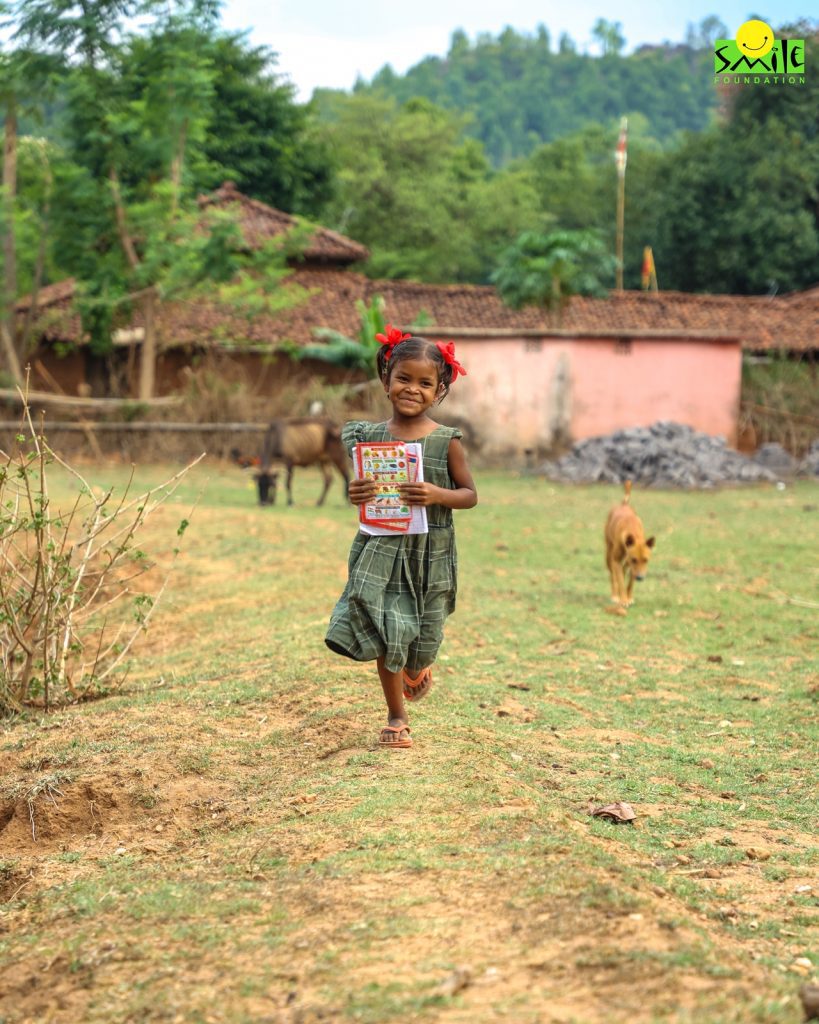

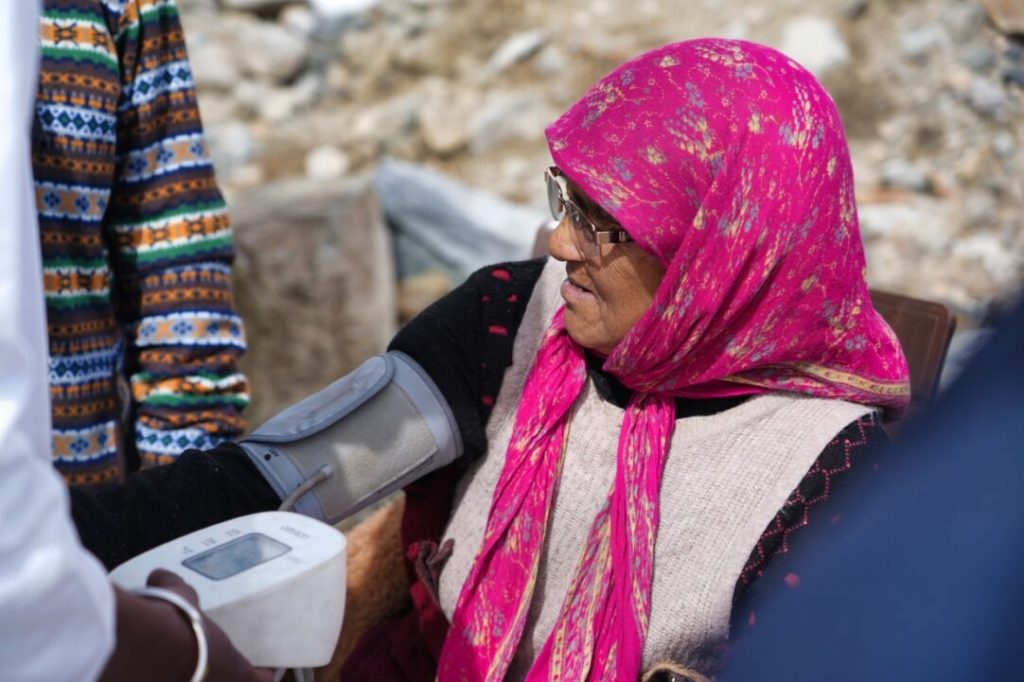
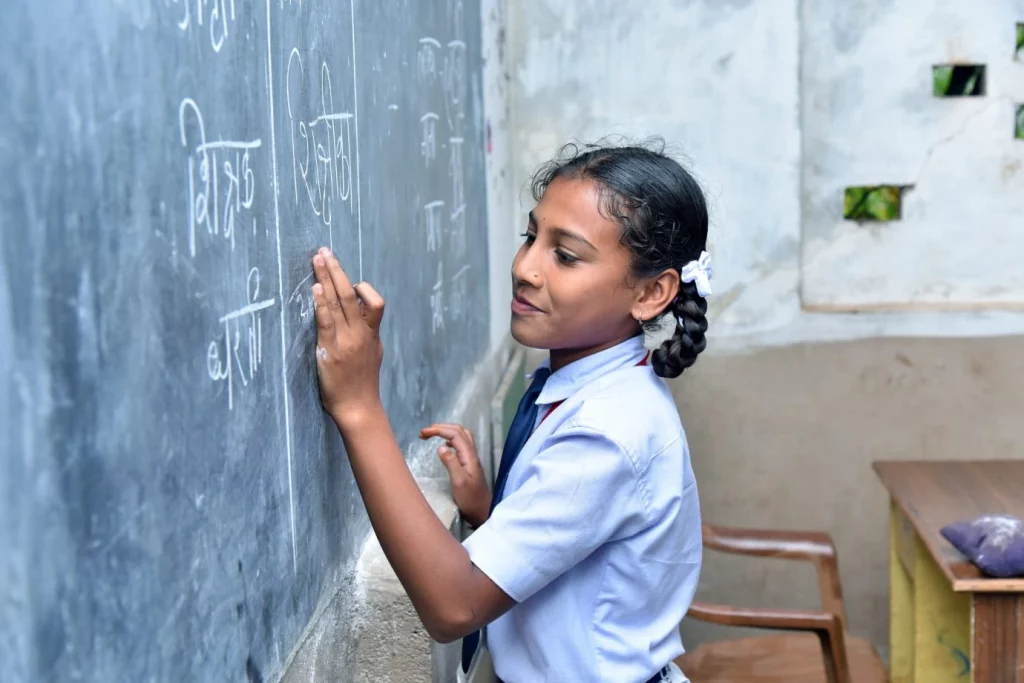
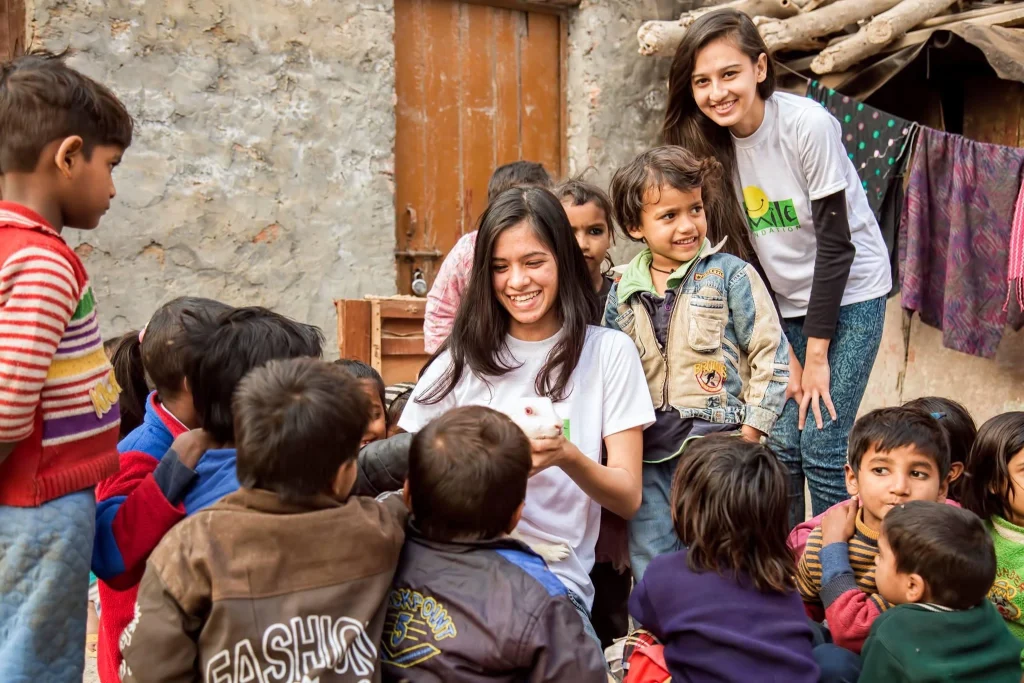
One reply on “Learning Loss & Education Recovery: Survey Report 2022”
Can I get access to the data of the article ‘Learning Loss & Education Recovery: Survey Report 2022’, please?